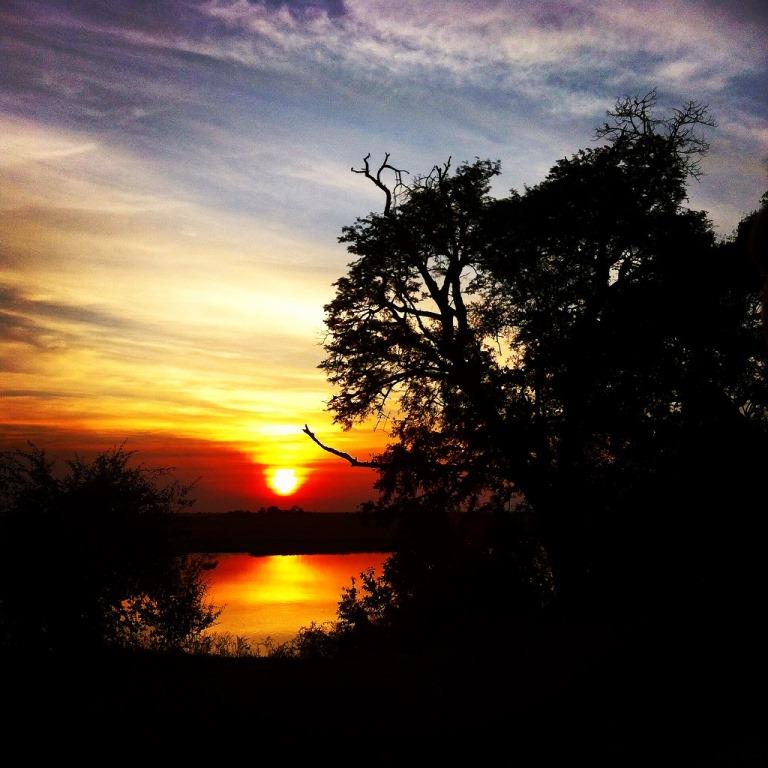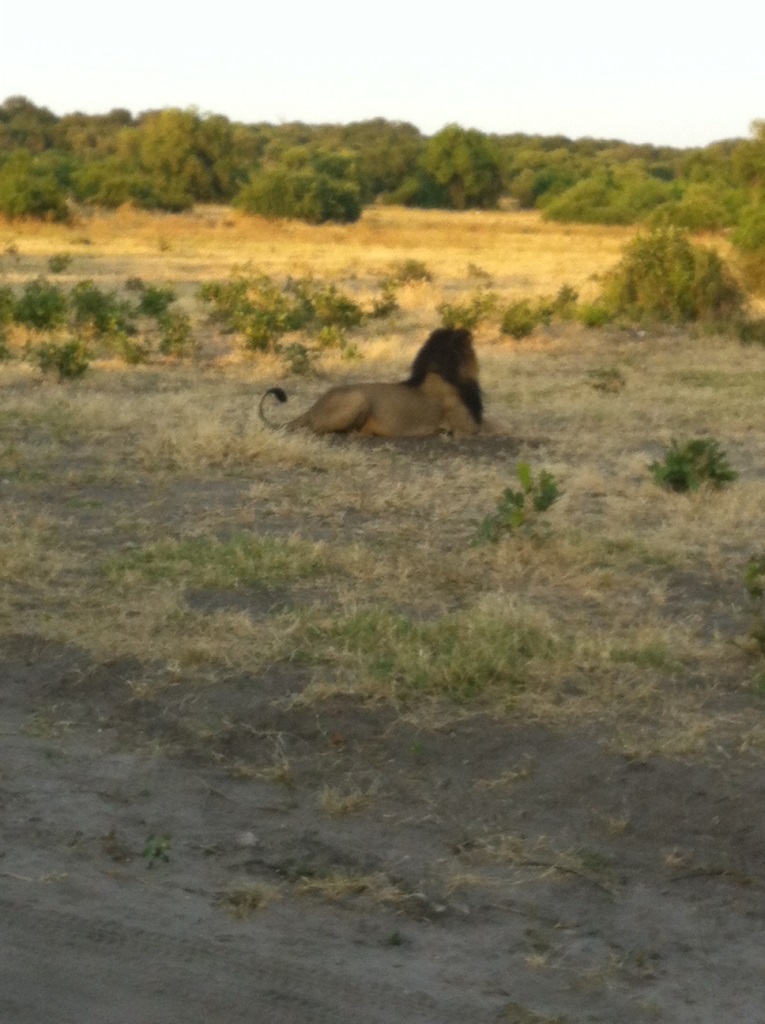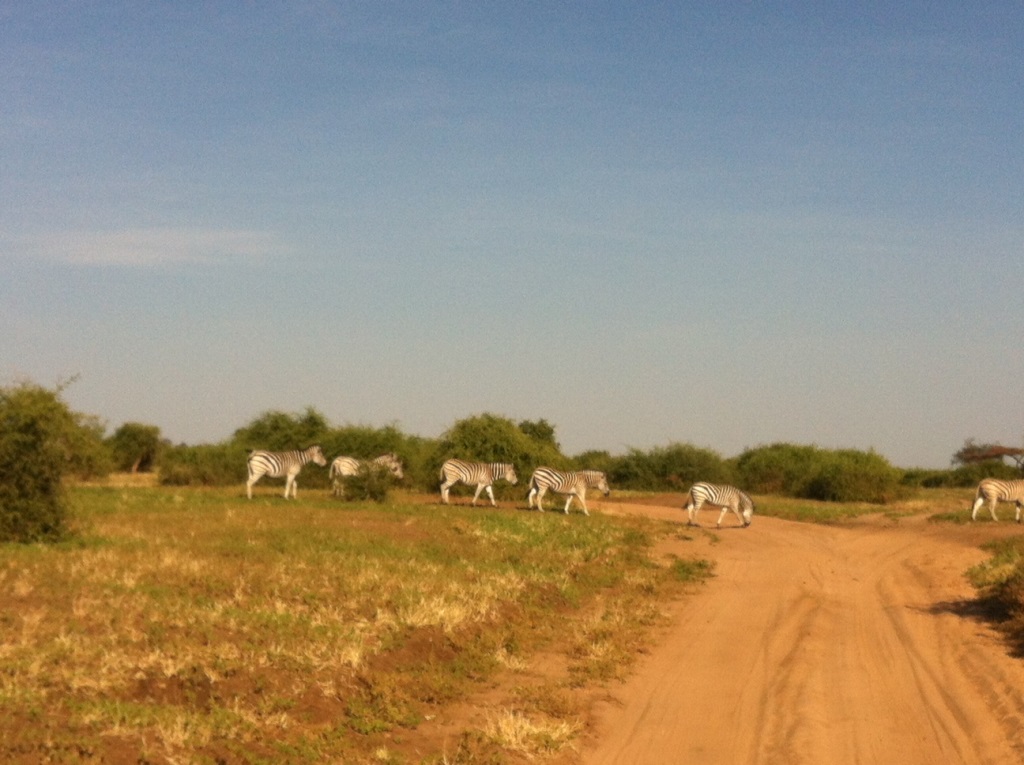
Top row, left to right: Amira Noshi, Jo Buckley, Acacia Sharrow, Adelle McDaniel, Alexandra Orahovats. Not pictured: Morgan Bennett, Katie Wybenga
Professor Ellen Brinks took a group of students to Livingstone, Zambia this summer. For three weeks, they took part in experiential learning and internships through our Colorado State University Study Abroad program (and African Impact). We asked a few of them to send us pictures and let us know how it’s going, tell us more about what they are doing and experiencing. Here’s the latest report.
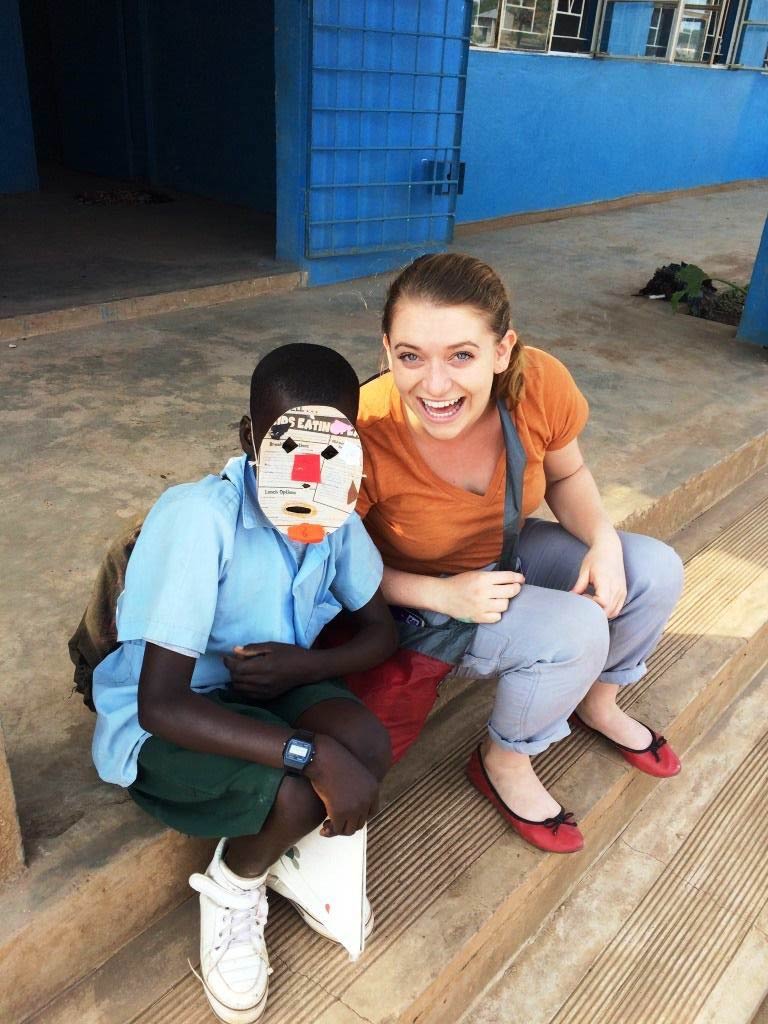
Although coming late to the Zambia blog, I (Morgan Bennett, English Education Concentrator) am excited to be able to share a moment from my teaching experiences. (During my time in Zambia, I’ve chosen to volunteer in community schools, as opposed to working on community health projects.) In Zambia, education is not a right offered to all, but a privilege; and unfortunately it can be a costly one. Livingstone has two schooling options: community schools and government schools. The government schools can be far away from the outer provinces of town, or prohibitively expensive, so communities have created local schools to have their children educated in. The majority of these schools have minimal to no financial support from the government and, as I have come to understand it, operate solely on student fees and donations.
But what does this mean if the student can’t afford to pay the 50 kwacha (roughly 6USD) every term (3 month period)?
Unfortunately, I had the opportunity to find out. If the students don’t pay the fee, the teacher asks them to leave the school; from talking with students, this means that the up to an hour trek they made that morning was for nothing. In the course of 5 minutes, the class I was volunteering in went from 40 students to 4. Although usually very obedient, the students were unruly at being forced to leave the school for the day and miss a chance to learn. Outside the barred windows, students stared into the room, begging to be taught, crying out, “We want to learn!, we want to learn!, we want to learn!”
Most of the students trickled back over the next few days, scraping up the money they needed to attend school. Some students still show up everyday, in hopes that the teacher will let them in regardless of unpaid fees.

In the U.S., education is compulsory, and students celebrate days off and breaks from homework. But there is a lesson in this. Although in America we have a right to be educated, we must remember what a privilege that right is.
Hi, everyone, this is Amira checking back in with a report on a very special project designed by African Impact for our CSU Group here in Livingstone: to build a compost bin out of “ecobricks.” By densely stuffing and packing plastic water and soda bottles with plastic waste, you can create an ecobrick, eliminating unsightly environmental waste. A fun and easy way to collect trash and make use of it, EcoBricking rids areas of toxic waste degradation, ensuring a safer area for all the residents of Zambia. It also provides the materials for much needed infrastructure, because you can actually build structures with ecobricks, including benches, chicken coops, and even large buildings, such as schools.
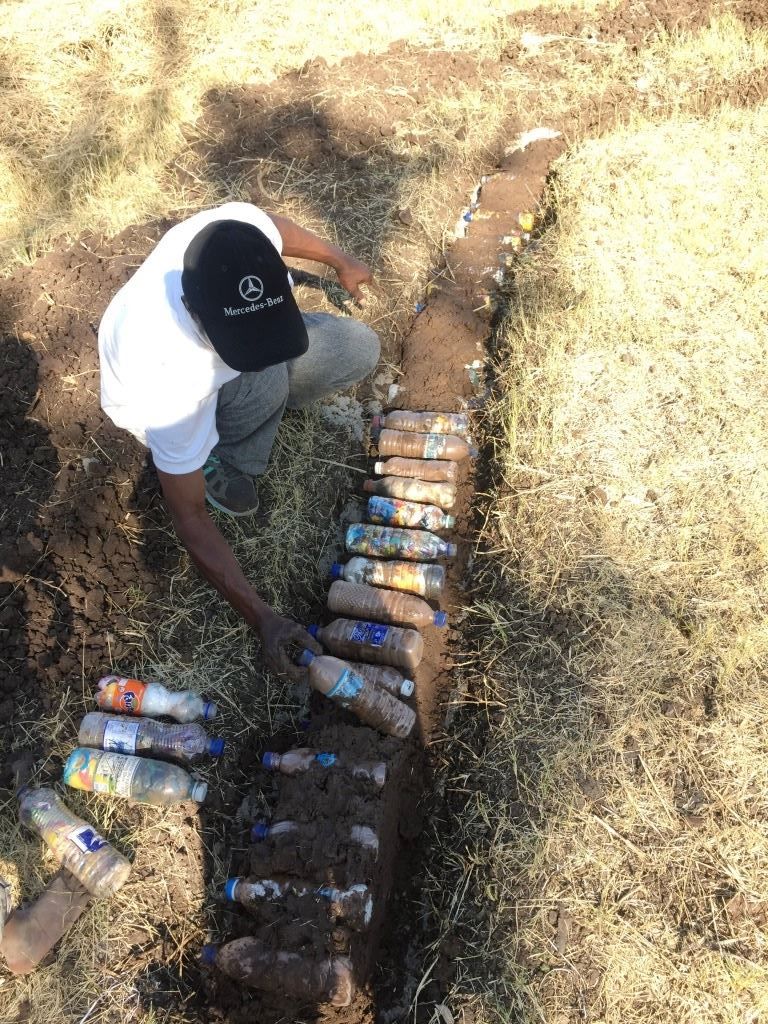
EcoBricking provides an intersection between poverty and the environment. More often than not, communities in Zambia are forced to choose between sending their children to school or paying for trash pickup.
EcoBricking has been utilized in one small Livingstone community named Linda Farms, a local area where families live and receive support from the community. Africa Impact has made it the centerpiece of an incredible new afternoon project for volunteers, with our CSU group on the forefront of this incredibly cool practice.
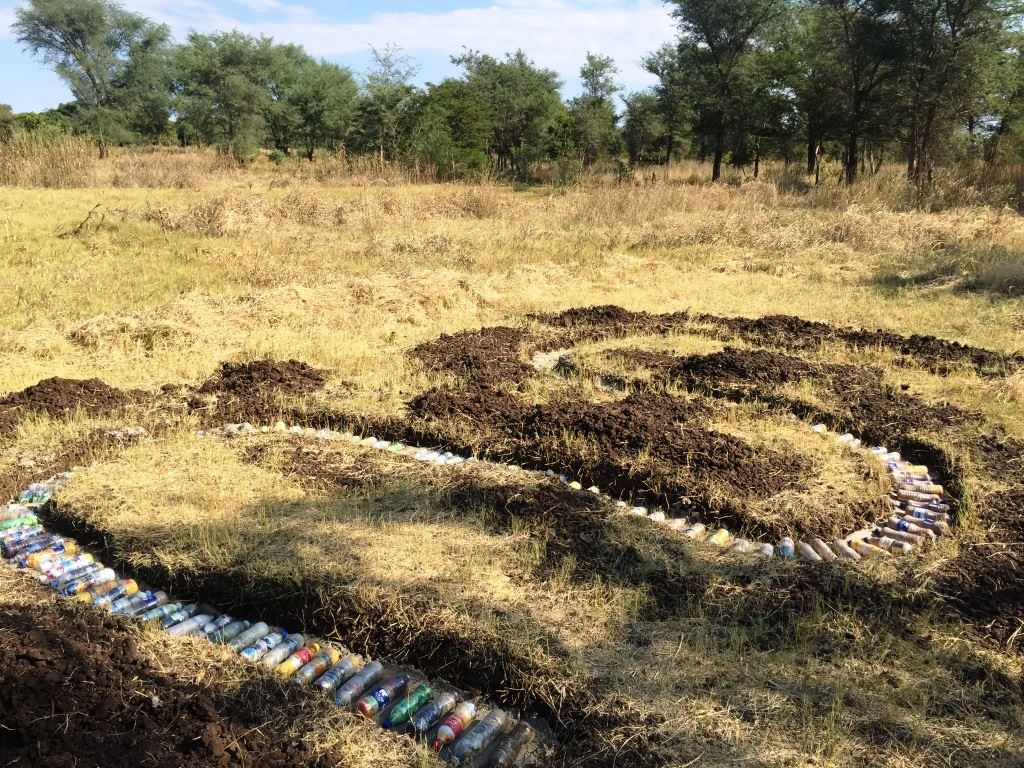
After everyone returns from his or her morning projects, i.e., teaching or healthcare, we eat lunch and prep for our afternoon projects. For CSU, that usually means grab some plastic, pick axes, and sunscreen, load up on the Muzungu bus, and head to the farm.
Guided by our fearless leader Alex from African Impact, we’re greeted by the kids eager to help (especially with stuffing the EcoBricks). There’s an area sectioned off where we are assured that our hard work will be safe from pesky elephants. We break off, some to EcoBricking, and some to manual labor. Working as a team we’ve made great strides. A foundation consisting of rock, topped by ecobricks, has been laid, with a concrete reinforcement. On top of that foundation, we’ve started laying down EcoBricks.
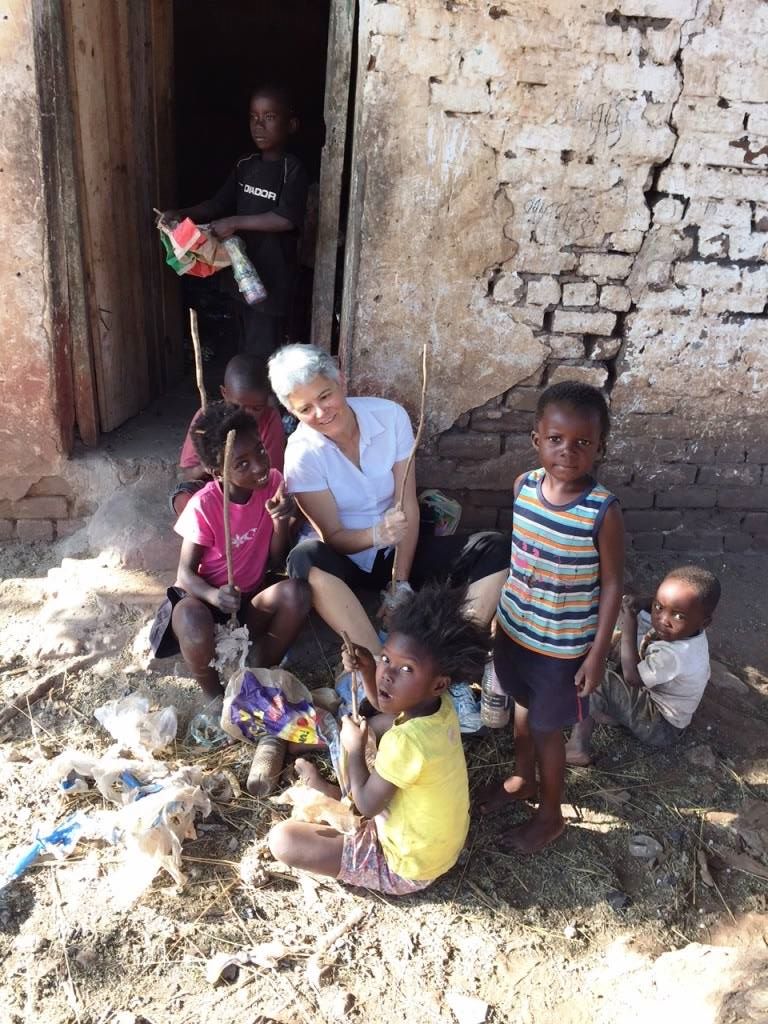
Professor Ellen Brinks with Linda Farm Community children making ecobricks for the CSU compost project.
EcoBricking is an extremely sustainable practice, and hopefully it will start trending in Zambia and the rest of the world.
Hello! This is Alex, with an update on my time in Zambia. We’ve all worked extremely hard on this trip. We have early mornings for our teaching projects, and long hot afternoons with community projects like Eco-bricking at Linda farm, helping out at Maramba Old People’s Home, and after school projects like reading, maths, and art clubs. We’ve been rewarded greatly for this hard work though.
This past weekend we had the opportunity to visit Chobe National Park. Chobe is about an hour away from our temporary home in Livingstone, in the beautiful country of Botswana. The safari began with a boat ride on the Chobe river where all of us were in awe of the elephants out for a morning swim. This was our first encounter with African wildlife aside from the pesky mosquitoes – or, as the British cutely call them, mossies. On the river we saw several elephants, some hippos, crocodiles, and many birds, including the fish eagle – the national bird of Zambia.
Despite the early morning wake up call and hourlong journey to Botswana, after the boat tour we were full of energy and excited for the afternoon game drive. We strapped in to the vehicles to prepare for the bumpy ride through some of the 11,000 kilometer-square park to our campsite. We realized the boat tour was just a small taste of what we would see in the afternoon.
Upon our entry into the park, we immediately encountered monkeys rooting through the trash, baboons in the trees, and so many beautiful birds. Our group was split into two vehicles, one led by Ace and one lead by Odi. They were so knowledgeable about the wildlife and taught us about how the plentiful impala is nicknamed the McDonalds of the animal kingdom (not because it is easy, but because it is very fast food for many of the predators if they are able to catch it). From there we saw giraffes peeking through the trees as we drove down the road into the river delta.
The view was beautiful and breathtaking. We encountered more elephants, which are also very plentiful; we later learned that the park contains about 100,000 elephants able to roam in and out through the seasons (the greatest density of African elephants on the continent, it turns out!).
The rest of the day was surreal. We expected to see wildlife but not so much and not so close to us. What was even more surprising were our evening lion encounters. On safari, I think we expected that we’d see elephants, impala and maybe giraffes, but the big cats are elusive and one can never count on seeing them having only a weekend. The lions, though, roamed all over the roads. We were lucky enough to catch a pride of females with a fresh Cape Buffalo kill by the river, with the hungry eyes of the crocodile peering out of the murky water waiting for its chance to drag the lions’ kill from them.
As dusk approached, the roars of the lions became audible through the din of the engine. Ace told us that lions roar when trying to find each other. That meant that the male – the king – was possibly around, and a sighting would be “very rare.” Sure enough, we parked the vehicle, and see him sauntering lazily up the hill, the picture of the red African sunset as his backdrop. Our day was topped off with the most amazing vision, reminding us how lucky we are to be here on this amazing continent.
Our campsite was in the midst of all this wilderness, and our ears pricked up to hear the sounds as only sheets of fabric shielded us from multiple prides of lions, warthogs, hyenas, and all the things we hadn’t seen but knew were there. Despite all this we rested easily, our bellies full of delicious food and imaginations enlivened with stories from our guides.
We woke before the sun to see more animals. Again, we encountered the majestic male lion, just as the sun was coming up. His demeanor was relaxed and regal as he got ready for his day of sleep. After leaving him to his business, the CSU caravan departed to see more sights of the Chobe morning. These included an elephant carcass covered in scavenger birds, such as vultures and marabou storks. Later we saw other birds as well: majestic fish eagles and the beautifully colorful lilac-breasted roller. But there were a few animals we hadn’t yet seen.
“You’re not keeping your eyes open,” Ace tells us, as he slows the vehicle to point out a few zebras, perfectly camouflaged in the brush. As we inch forward, we see more and more of them, and finally come to a clearing with a herd of zebras near the water. We learned that a group of zebras is called a dazzle!
After a much-needed siesta, we knew that our amazing time was limited. After being dazzled by the zebras, in awe of the lions, surprised by the giraffes, enthralled by the many types of beautiful birds, plus so many more animals we had never even heard of, we began our exit. This wasn’t without one last encounter though. Over in the brush, almost hidden and skulking, was the elusive leopard. We were so lucky to have spotted her, and by this time we had seen almost everything that Chobe had to offer.
We were exhausted and dirty, our bones jostled by the hours of bumping around, but we all left the park feeling transformed. Nothing can compare to being inches away from the famed African wildlife. Maybe some of us will visit again, maybe some of us will never return, but we have all been able to share this experience together, and that alone is enough to last a lifetime.

